Oops!… I Did It Again
Surprise!
I bought something this week that I thought I never would: an iPhone!
Stupid Canon Batteries
It’s maddening to realize that you can either buy a Canon video camera battery from Canon for US$60, or a seeming identical battery from some 3rd party for $19. I always assumed it was just extortion from Canon. But within a year my “Wasabi” batteries had swollen and wouldn’t even fit in the camera anymore. Then I tried to buy real Canon batteries but the online place I called wound up selling me off-brand batteries. And they swelled in something like 6 months.
By now my Canon battery is years old and doesn’t hold much charge, but it isn’t swollen and still fits in and works with my Canon camera. I thought all batteries came from the same factory in China, but something about the overpriced Canon batteries is clearly better.
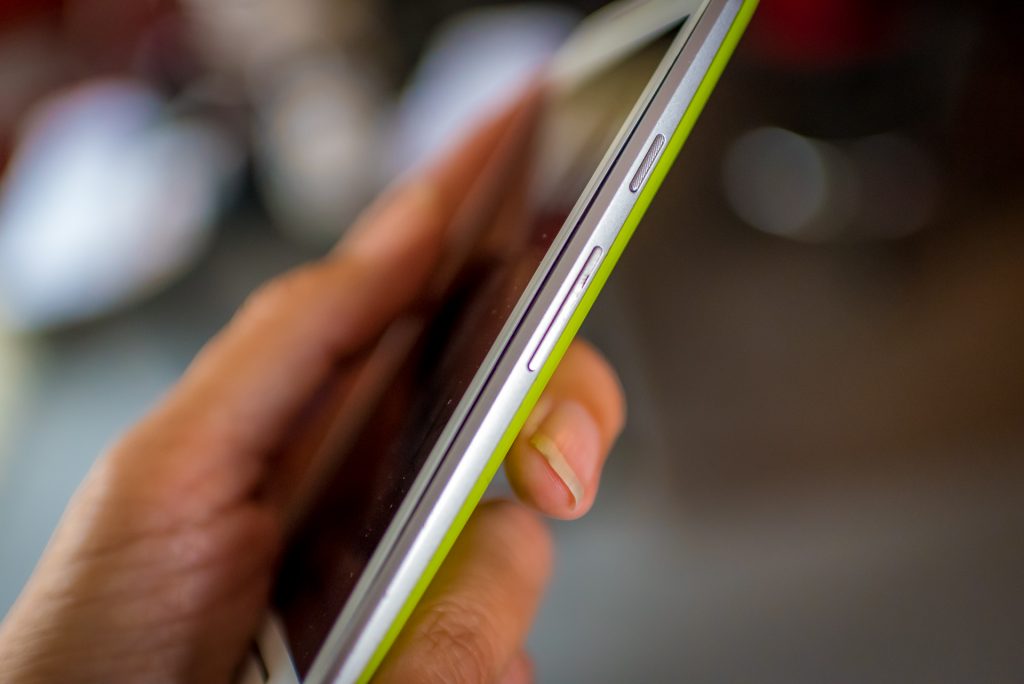
The sad fate of the Moto-G
I imagined that when you bought a phone, you’d get a nice “Canon battery,” not a crap “Wasabi battery.” But apparently any battery can swell up. And after 2 years of good life, the battery inside my Moto-G3 phone suddenly got really hot, and swelled enough to pop the glass off the case of the phone! 2 years isn’t a bad life for a pretty nice, and definitely low cost phone. Still, I thought I’d try something else this time.
The Not-so sexy Google Pixel 2
I don’t think any of the companies that dominate the landscape of 21st-century reality are all good or all evil. Still, Apple is just so dominant. And the idea that big data Google was trying to compete with Apple & Samsung even though they didn’t have the hardware track record of those giants was kind of cool. Google’s approach with the Pixel handset, I’ve heard, is to leverage what they are awesome at, big data.
And so I was sold. A Pixel 2 for me. So much cooler than an everybody-has-one iPhone. I was up at the Americana/Glendale Galleria a few days ago to pick up some glasses from SEE Eyewear. I walked from SEE to the Verizon store to look at the Pixel 2. Yes, there’s an Apple store in-between SEE and Verizon, but I really only poked my nose in for 2 minutes. Just long enough to hold a new glass-backed iPhone 8 in my hand and marvel,
Gawd, that’s sexy!
Of course it didn’t actually matter and I didn’t think much of it, because I already knew I was getting a Pixel 2. Or at least that’s what I thought right up until I walked into the Verizon store and held a Pixel 2 in my hand.
!?
Nothing against Lego, but the iPhone 8 to the Pixel 2 is kind of like comparing a Movado watch to a Lego watch. No doubt the Pixel 2 does perform brilliantly. DxOMark has rated it the #1 cell phone camera on the planet (this week). Still, it’s just such a crazy lot of money for something that feels so pathetic in your hand.
The Brilliant Samsung displays and the crappy Samsung Android
Of course, there’s always Samsung.
Apple has nice displays. But Samsung kills everybody. They’re hands down #1 in displays. The only thing is, unlike Motorola, or I presume Google, Samsung doesn’t run “basic,” or “vanilla,” or “pure” Android. Samsung runs crapware Android. IDK if they think they’re making it better, or if they’re just selling space on your device to 3rd parties, but IMHO, Samsung Android is a bad Android experience. I’ve never seen a display by Apple or anyone else with the rich, vibrant, saturated color of a Samsung display. Like my Samsung tablet. And then there’s the sad Samsung Android.
The always sexy iPhone
So if Google’s out, and Samsung’s out, who does that leave?
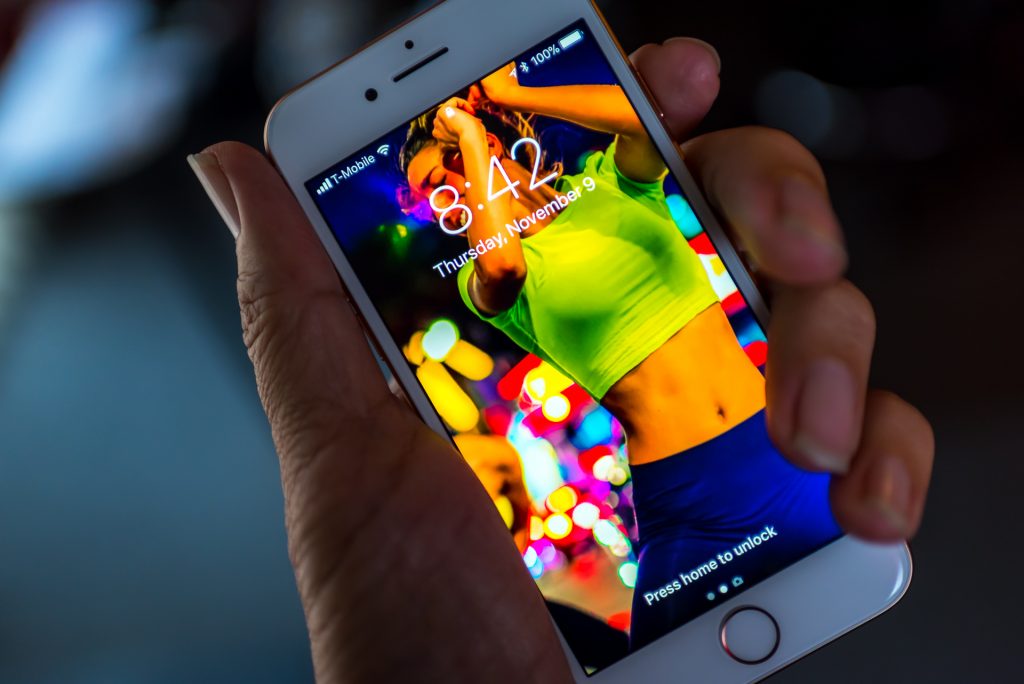
MS Surface & 12″ Macbook
A year-and-a-half ago I walked into the Microsoft Store at South Coast Plaza already decided to buy an MS Surface. I’ve written here about what a bad experience that was and how, after some hours of surprised going back-and-forth between the Microsoft Store and the Apple Store I wound up with something I thought I’d never buy, a MacBook.
Been Down this road before?
Coming to that unexpected MacBook decision took me a while. But up at The Americana, when the Pixel 2 felt so lame and the iPhone 8 felt so sexy, I felt like I’d already seen this film. So I went and fondled the iPhone for another 2 minutes and then I just bought it.
Trading Phones with Karen?
Karen recently switched from iPhone to Samsung and she thinks iOS is so much better. After a few days, I feel like iOS is ok, but Android is so much better. Maybe we should trade? (Of course, poor Karen isn’t getting real Android, she’s getting crapware Android)
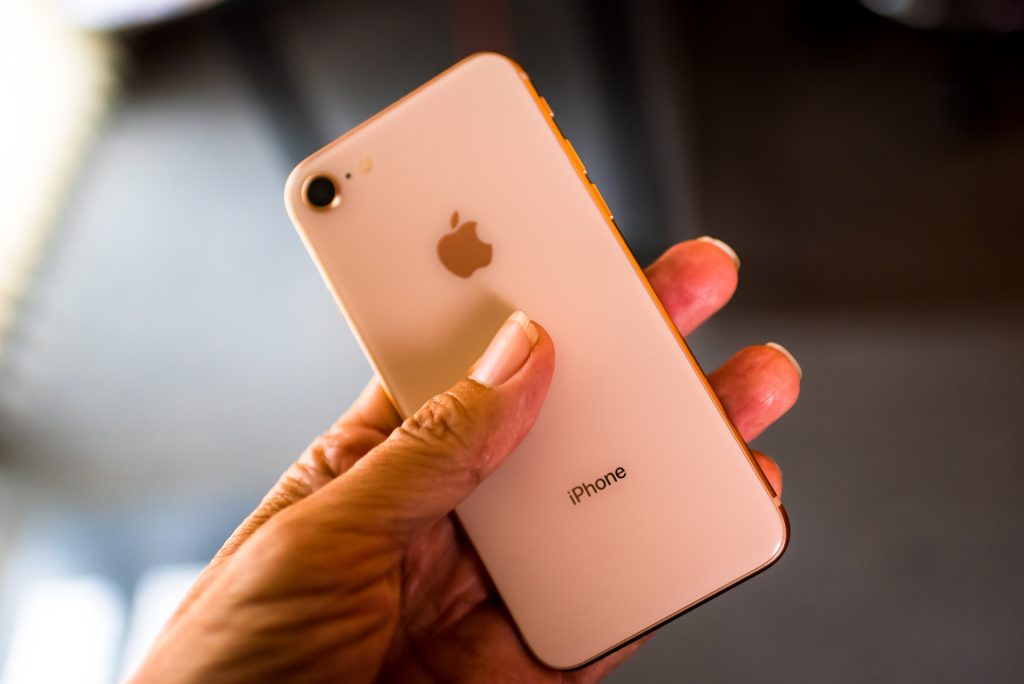
Expensive Jewelry
Anyway, the iPhone 8 is an impressive piece of designer jewelry. I hope it lasts me a few years.
Bonus Rant: Ghost Blogging software
A year-and-a-half ago at the Apple Store, I didn’t just decide to buy a 12″ MacBook instead of an MS Surface. I also decided to focus a lot more on blogging with Ghost Blogging software instead of WordPress. You can read the article if you want the details, but the elegant experience of the Ghost Editor was a lot like the elegant experience of the MacBook. And, despite WordPress’ overall awesomeness, WordPress’ clunky TinyMCE editor was just so, well, clunky, like MS Surface.
So I’ve been writing mostly happily for 18 months or so in Ghost’s fantastic Markdown-native editor. The only thing is, with each new release it seems like the Ghost team goes out of their way to make it even harder to install Ghost.
Softaculous, bad?
John O’Nolan blogged ages ago that we weren’t allowed under any circumstances to install with the horrific Softaculous app installer. The thing is, I’m not a developer. I’m not a webmaster. I’m not a system administrator. I’m just a blogger. And Softaculous really makes my life easier. In spite of O’Nolan’s post that your Softaculous install wouldn’t work, my 8 Softaculous Ghost installs still seem to work fine.
The update from Ghost 0.11 to Ghost 1.0 changed all that. (Presumably) in an effort to make installation even harder, they went to a Command Line Interface install only. Lots of peeps will tell you that CLI is easy and more powerful. And even I can see that. But there are so many tiny nuances involved. And apparently it isn’t just a CLI install, it has to be an Apache-Linux-Ubuntu-CLI install. If you’re Apache-Linux-CentOS-CLI like me, it doesn’t, in theory, work.
I might be able to switch my VPS account with LiquidWeb from CentOS to Ubuntu. But as far as I can see, CentOS is a “managed” VPS, and Ubuntu is an “unmanaged” VPS. I’m still not a webmaster and the idea of having nobody but me responsible for every possible issue on the server seems a little crazy.
The Amazing people of Ghost
I reached out on the Ghost Slack channel, and a couple of amazing guys spent hours trying to help me through it. But after all that they only concluded 2 things:
- They think I’m paying way too much money at LiquidWeb
- They think I should run Ghost at DigitalOcean, the only host that Ghost officially approves of
I should say that in my time with Ghost I’ve dealt with some very generous people. Like these two guys. Or several different Ghost theme developers who were kind, patient, and very supportive. The Ghost community is tiny compared to the WordPress community, but they similarly love their platform and love helping make it work for people.
Beginning of the end
In the past month or so there’ve been a number of blog posts I didn’t write because my install is in limbo since the rollout of Ghost 1.0. And then there’s this past week of trying to get Ghost “legitimately” installed at LiquidWeb. I actually bought hosting from WiredTree, but then LiquidWeb bought WiredTree, so they’re my host now. WiredTree had truly fantastic support. LiquidWeb is better than the average host, but they’re not WiredTree.
Between the lack of help from LiquidWeb, the awesome but in a way fruitless efforts from the Ghost Slack guys, and my own pathetic lack of developerfulness, I’ve concluded that I will probably waste yet more weeks not getting Ghost 1.0 installed.
Things I never expected to do
And so this week I bought the phone I thought I never would: an iPhone. And I also gave up on the platform I thought I’d never give up on: Ghost.
Yesterday I spent a long, grueling day importing posts from Ghost to WordPress. I’ll spare you the gory details. Suffice to say, it was not pleasant.
But today my content is consolidated on a nice WP install and I am happy.
I think it’s a little bit like ending a personal relationship. You linger. You cling. You cry. You hope. You try to make it work. You may not be a perfect partner, but you do what you can to keep the relationship alive.
And then at some point you give up.
You finally decide it just isn’t going to happen. That decision may cost you a few tears, but ultimately you feel great after it. Instead of burning so much energy trying to force something to work, you accept that it won’t work. You accept what does work. And you are happy.
- I still love the 12″ MacBook.
- I respect the soul of Ghost, but I know we can’t be together anymore.
- I’ll get back to you on the iPhone.
Forgiving John O’Nolan
Ghost is built for its users. A lot of Open Source projects suffer from being targeted far too much at developers and that’s not what we’re doing.
— John O’Nolan, 29 April 2013
In the single-most inspiring Kickstarter pitch video I’ve ever seen, John O’Nolan promised that Ghost wouldn’t be just a cool toy for developers with tech skills, that it’d be an easy to use platform for people who are just bloggers.
Ghost is not easy to use.
Sort of.
If you’re willing to pay Ghost.org US$19/month for a single site, then all you have to do is blog, and at that, Ghost definitely is easy.
But if you want to use it as an open source project that you can install where you like, then it’s harder to install than WordPress. You can be just a blogger, but you have to be a rich just-a-blogger to pay a developer to install and maintain it for you, because unlike WordPress if your skills are as anemic as mine, you just won’t be able to do it.
I’ve been feeling bitter toward this charismatic guy I’ve never met for years now. The thing is, no tool winds up being used in precisely the way it was first envisioned. That use case usually fails. Successful tools wind up finding unexpected lives and that’s how we come to know them.
In another blog post John O’Nolan conceded that his original vision for Ghost had already been usurped by Medium. So he was repositioning for large publications.
O’Nolan isn’t wrong to adapt his product in ways that hold the best future promise for it. It’s actually me who’s wrong in feeling bitter because 4-and-a-half years ago this guy promised a platform that wasn’t developer-centric and was friendly for people who were “just bloggers.”
Parting ways with Ghost
Now that I’m parting ways with Ghost, and now that I can see how O’Nolan’s choices make sense in the larger ecosystem that Ghost is trying to survive in, I can let go of the bitterness that I can’t use the nicest editor I’ve ever seen.
One more thing he said in that video:
Ghost is about the future of the freedom of speech, and it needs your voice.
How bitter can you feel toward a guy who has that as a mission statement?
Typing in Typora (right now)
Like MacBooks & iPhones, the Ghost editor is fantastic. I’m probably overly critical of the WordPress TinyMCE editor, but I just haven’t found a way to be inspired by it.
What amazes me about the Ghost editor is that it’s so elegant, and it’s the native editor on a platform.
My favorite editor, the one I’m typing on right now, is Typora. It’s great. Typora is actually the best writing experience I know of. But again, the Ghost blogging editor is a nice second, and it’s native to a platform. With Typora you do have to copy & paste your text. Copy & paste isn’t a big deal, it just feels less elegant. Or to be honest, I think I always felt a little bit condescending toward my students who wrote in MS Word and copy/pasted to WordPress. I always wondered why they bothered? Why not just write directly in the place you want to go? Plus, WordPress is cloud-based and you can edit from anywhere, instead of saying your stuff’s on the computer back at home. But then travel bloggers like Arimo and Chantae told me that they just can’t trust cloud connections, and so they usually write in an offline editor and copy/paste. So I was the elitist write native guy. And now I’m copy/pasting from Typora.
I’ve also been dabbling with Jekyl on Github, and Typora is a nice way to write markdown docs you can later take to WordPress or Jekyl, or wherever you will.
Moving On
Ghost rocks.
But I don’t think I’ll miss it. I feel a renewed joy in working with WordPress. I guess I’ve decided to stop fantasizing about the supermodel, and marry the nice girl next door that I went to high school with and who has been so great ever since.
The thing about that great girl next door is that she’d already be married to somebody else by now.
WordPress is still happy to see me.
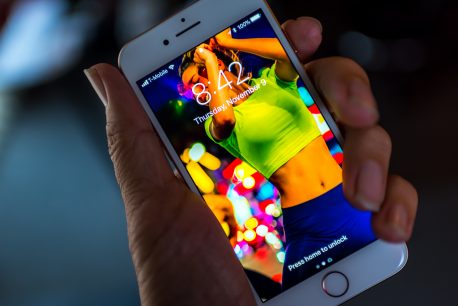
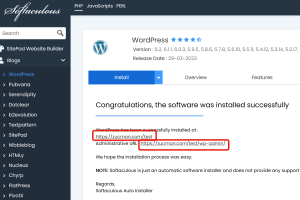
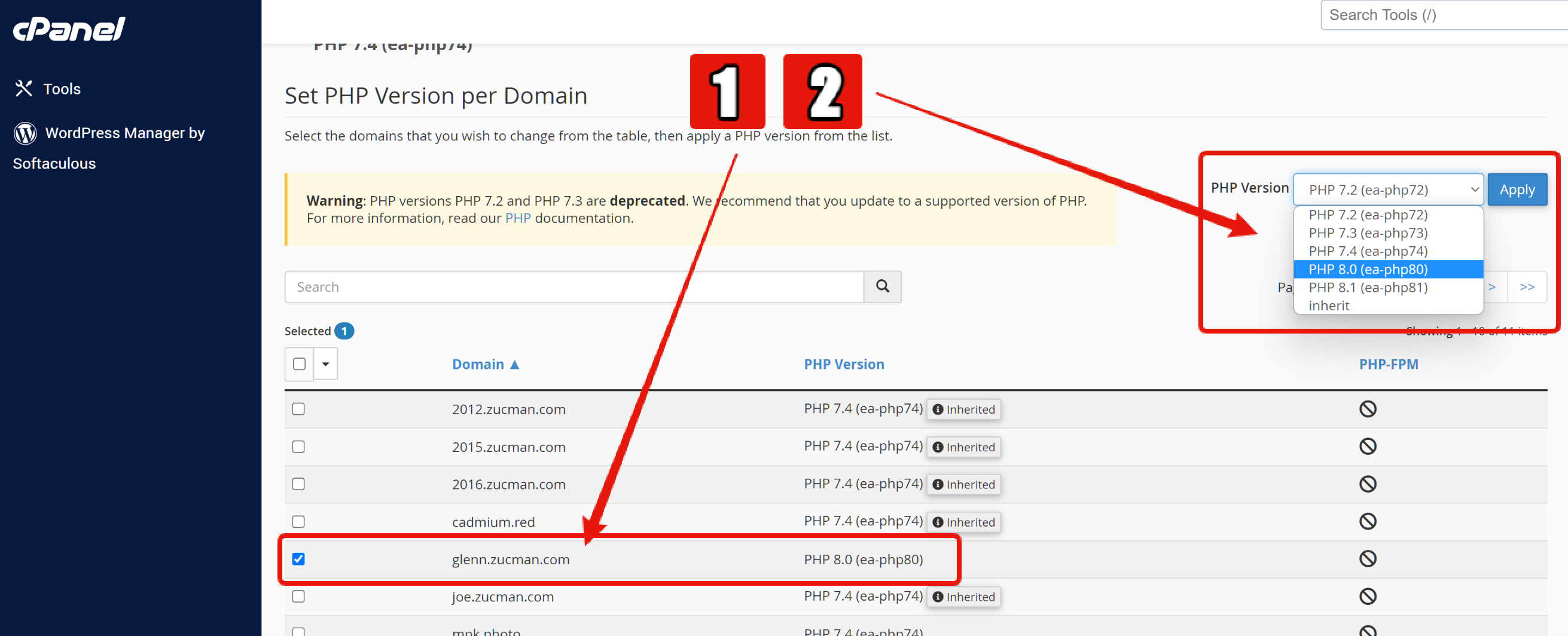
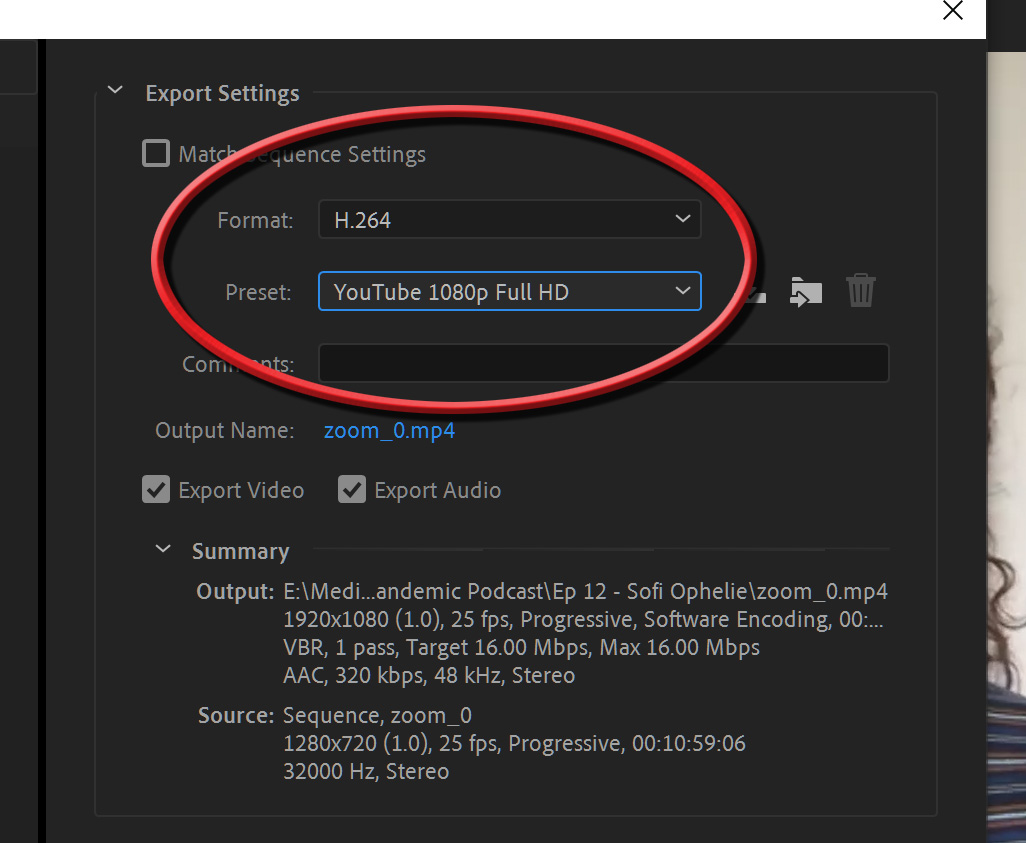
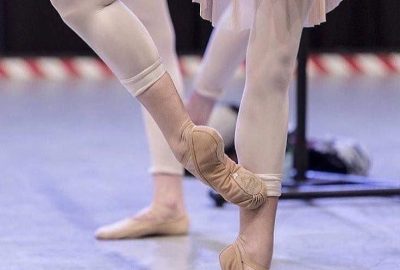
The Hype
I’ve heard for years that the iPhone has a “great” camera. And certainly, all cell phone cameras have gotten better over time. Let’s take a look at how a few different cameras compare:
iPhone8 native camera (2017)
iPhone8 RAW (Lightroom)(2017)
MotoG (2015)
Nikon D750 (2014)
Nikon D300 (2007)
Nikon D70 (2004)
I met up with one of Los Angeles’ awesomest witches, and founder of the Tarot Society, Darcey Leonard. We shot these images indoors at the Tarot Society Los Angeles with available light.
Full Frame
iPhone8 (2017) Native (JPG) 3.99mm 1/60 @1.8 ISO 250
iPhone8 RAW (shot w Lightroom) 3.99mm 1/30 @1.8 ISO 50
Nikon D750 (2014) 105mm 1/200 @3.0 ISO 3200
Nikon D300 (2007) 128mm equiv 1/100 @2.0 ISO 800
D70 (2004) 105mm equiv 1/50 @4.5 ISO 1600
MotoG (2015) 3.64mm 1/30 @2.0 ISO 400
50% Crop (1/4 of the pixels)
iPhone8 image cropped 50% (1/4 of the pixels)
iPhone8 RAW image cropped 50% (1/4 of the pixels)
Nikon D750 image cropped 50% (1/4 of the pixels)
Nikon D300 image cropped 50% (1/4 of the pixels)
Nikon D70 image cropped 50% (1/4 of the pixels)
MotoG3 image cropped 50% (1/4 of the pixels)
Viewing Conditions
On my desktop computer with 24″ & 46″ monitors, it’s fairly easy to see differences in these images. On the iPhone8 with its 4.7″ screen (1334 x 750 pixels @326 ppi, 1400:1 contrast ratio) the differences in these images are much harder to notice. I haven’t made paper prints, but I imagine the differences would be even more dramatic there. For computers & prints, “real” cameras seem to pay off. If your intended destination is only phones, Instagram for example, then a phone camera like the iPhone8 may really be all you need.
On a laptop you split the difference: I see more difference between the images than on a phone, but not as much as on a desktop. The image-to-image differences are about the same on a 12″ MacBook and a 17″ Alienware, but what is dramatic is how different the 2 displays look. Regardless of your screen brightness settings, the Alienware looks much brighter with image gamma pushed up in the shoulder. The MacBook images are notably more saturated. A reminder that whatever you’re doing, and whatever camera you use, the device and display differences can still make a lot of difference.
On the spectacular display of the Samsung Galaxy Tab S tablet (8.4″ 2560 x 1600) the distinctions are about as clear as on the desktop monitors.
Analysis
There are so many factors! I’ve always suspected that device ergonomics might be more important than sensor specs or certainly than megapixels. Phones, of course, are amazing for all that they do while also in our pockets. But these small wedges with no great way of holding them, controls buried in menus, and comparatively shorter lenses with greater depth-of-field mean that even with a great sensor results may be poorer. More camera shake. More distracting backgrounds. Harder go get in closer. More lens distortion. And so on.
MotoG3 (2015) – it’s 2 years older than the iPhone8 and 1/3 the price. Under those circumstances, it’s a pretty good camera. But definitely lesser!
iPhone8 (2017) – pretty close to iPhone RAW plus you get “Live Photo” which probably solves people blinking in pix
iPhone8 (2017) RAW – very cool that (with a separate app, like Adobe Lightroom) you can shoot RAW. The MotoG didn’t do that. I’m not sure it’s a stronger image than the iPhone8 Native camera, but in an app like Lightroom, the ability to recover shadows & highlights is pretty great. Still, I don’t think the iPhone in any mode competes with a dedicated DSLR or Mirrorless like the Nikon D750. So, since you’re not getting that grade of image, maybe messing around with Lightroom, while easy and friendly, is still too much. The iPhone is a great “Instagram Camera” and maybe that’s the best way to think of it.
Nikon D750 (2014) – when you look at a lot of images, the differences can seem subtle. But overall, I think this is by far the strongest image. A better sensor and the ability to use longer lenses like a 105mm f2.8 render faces more pleasing and backgrounds less obtrusive. It’s much more money and much more hassle to carry around than a phone, obviously! But the claims that so many of my students have made over the years, that the iPhone Camera is so great, it’s as good or better than a DSLR, just don’t seem to be true.
Nikon D300 (2007) – unsurprisingly, this older and cheaper camera is not as good as the D750. But even at 10 years old, it’s still a better image than a new iPhone8.
Nikon D300 (2004) – it’s possible that under some circumstances, the iPhone8 is better than the D70. But ergonomics and lenses still figure in, so the D70 probably still takes better pictures.
Conclusions
There is no doubt that phones are amazing and amazingly convenient. There’s no shame in a many-function device not beating or equalling an expensive, dedicated device. Still, over the years I’ve heard so many claims about cell phones “replacing” DSLR and Mirrorless cameras. If you mean “replacing” as in people just go with their phones, then, of course, that’s true. But if you mean “replacing” as in equal quality, that just doesn’t seem to be true at all – depending on your viewing conditions! DSLR/Mirrorless sensors and optics are superior. Having controls at your fingertips instead of buried in menus means you get a better shot faster. No, DSLR/Mirrorless camera software isn’t as up-to-date as phone software. But for making settings and taking an exposure, they are better and faster. And you have a better chance of holding the camera steady.
The Slippery Answer
Under certain circumstances: lighting, subject, background, viewing on a phone, etc, the iPhone8 camera is pretty much as good as an expensive, bulky, dedicated DSLR or Mirrorless camera. For a tiny, portable, “free” (you already paid for the phone) camera, this is amazing!
The iPhone is a much better marketed product with a easier ease of use, but at a price premium that most shouldn’t be paying, and frankly I can’t quite understand the full allure of it so I did some research into things that close sales and some of the objections that people make to things that are priced above other items in the market and found a great article on it (https://www.salesforce.com/blog/2014/01/overcoming-common-sales-objections.html) turns out Authority is the most important aspect of Apple’s domination, among other smaller factors.
Under other circumstances, the differences in resolution, image structure, camera ergonomics, lens optical characteristics, can mean a dramatic difference between a phone camera and a “real” camera.
You can probably setup different scenarios to prove either point. That the cameras are all about the same, or that the difference is night-and-day.
How I’ll Work Going Forward
I’m happy to have a nice phone camera that fits in my pocket, goes everywhere, and can take pretty good pictures. But if you shoot enough images you care about, I think over time the effort to drag a DSLR or Mirrorless camera around will definitely pay off in cleaner, sharper, richer images, and more spontaneous moments actually captured.
I’ve been going out to Donald Trump’s star on Hollywood Blvd. once a week and photographing whatever people do there. Many admirers and haters come to take their respective “Thumbs Up” or “Middle Finger” selfies with the star. These moments are typically very quick. If I’m paying a bit of attention, a camera like the Nikon D750 is pretty good at capturing these images in focus and with good detail. I keep the camera turned on, the lens cap off, and have preset my preference of either “Manual” or “Aperture Priority” settings. I haven’t really tried doing this with the iPhone8, but I’m pretty sure that by the time I had the camera turned on the moment would already be over.
Related
and then 6 weeks after I buy the thing… we learn that when new iPhones (and no doubt MacBooks too) are introduced, Apple secretly deploys malicious code to make previous models run slow:
https://www.mercurynews.com/2017/12/20/apple-admits-it-does-slow-down-old-iphones-to-prevent-unexpected-battery-shutdowns/
Uggh! Shoulda bought the Android phone. Next time!